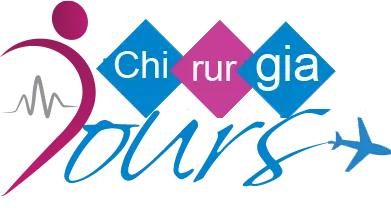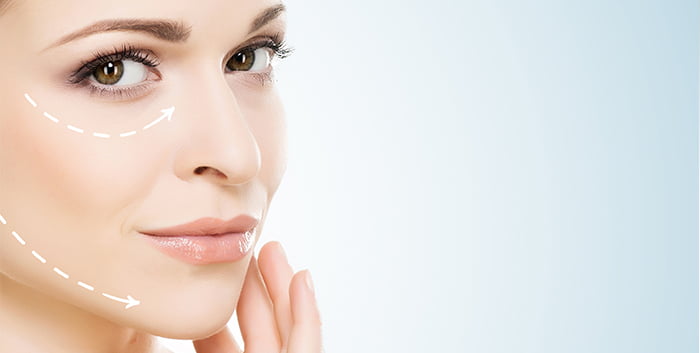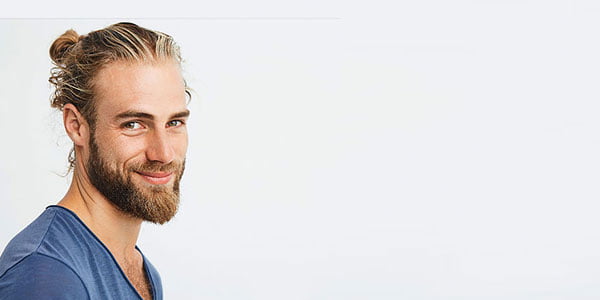The nose is the most important element of the face. This is the first thing one sees at first. Its size and shape determines the features of the face. Any disproportion can have an impact on the harmony of the whole face.
Table of Contents
ToggleRhinoplasty : surgical correction of the aesthetic problems of the nose
Rhinoplasty is one of the operations of cosmetic surgery the most practiced in the world after the breast surgery and the BBL.
The most common reasons behind the use of surgery of the nose are :
- The remodeling of the nose
- The presence of a bump that you wish to remove
- The problem of lack of definition of the tip of the nose
- The size of the nose
For this reason, the surgery of the nose is one of the surgeries the most popular and the most widespread.
The use of a rhinoplasty, it is for functional reasons and medical (embarrassment of respiration, etc) or for purely aesthetic reasons must be done by a surgeon who specializes in surgery, maxillo-facial.
Have a nice result after a rhinoplasty depends on several factors, one distinguishes :
- the mastery of the surgical anatomy of the nose in
- taking into consideration the expectations of the patients especially when they are realistic and specific.
In fact, the use of a surgery of the nose may significantly alter the expression of a face. It is therefore very important that the patient takes the time to explain to the surgeon’s complex, he feels as well as the elements that he wants to change it in the present shape of his nose.
Preoperative Consultation with the surgeon :
During the consultation, and after an examination of the internal structure and external nose, the surgeon will explain to the patient the result to which it can be expected after the intervention. All these efforts will ensure that the patient obtain a result that meets the expectation of the patient, a nose whose appearance is natural and in harmony with the other features of the face.
By correcting the distortions and improving the aesthetic appearance, the intervention rhinoplasty brings an aesthetic satisfaction and psychological patient.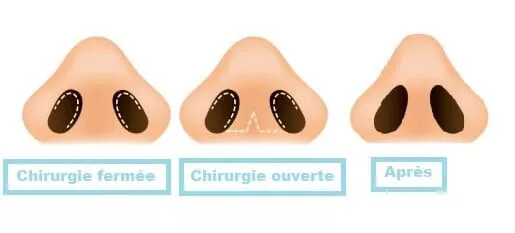
Principle of the aesthetic surgery of the nose :
The principle of this intervention consists in the remodeling of cartilage and bone that form the solid framework of the nose. These are the parts that give each nose its particular shape.
To reach this part, the surgeon will make incisions hidden in the nostrils to prevent the scars are visible.
Once repairs are completed, the skin overlying the nose thanks to its elasticity, will adapt to this new form of framing the osteo-cartilaginous.
Are you the ideal candidate for a rhinoplasty ?
The procedure can be performed on the patient as soon as it has reached the end of the growth, according to the patients, this can be between 16 and 18 years old. This procedure is carried out as well in the woman than in the man.
It address all the people who are not satisfied with the shape or size of their nose and want to make a better harmony to their faces.
This procedure also applies to people who have difficulty breathing due to deformation of the nasal septum :
Rhino/septoplasty in Tunisia : a hinoplastie functional in Tunisia?
A rhino–sesptoplastie is surgery of the nose with the objective of correcting the functional aspect of the nose.
For an excellent outcome, create the right balance between aesthetics and function and does not sacrifice one for the other is among the fundamental elements that should be taken into consideration during this operation.
Principle of the septo-rhinoplasty :
The surgery involves the operation is focused mainly on the bones and cartilage that make up the shape and structure of the nose.
The goal is to correct a malformation, straighten the deviation of the septum (cartilage forming the separation of the nostrils) or even improved respiratory function of the two nostrils.
A rhino-septoplasty Tunisia : a combination of two surgeries :
Moreover, as the morphology of this term suggests, the rhinoseptoplastie is a surgical procedure that combines both the aesthetic surgery of the nose which is the rhinoplasty and that acts on the appearance and the shape of the nose to make it more aesthetic and functional surgery of the nose, which is the septoplasty and that is by giving the nasal septum to his place for better breathing.
Price rhinoseptoplastie Tunisia with chirurgia tours :
Intervention : Rhino-septoplasty
Price : 2000 euros
Stay : 4 Nights / 5 Days
to Get a quote
most commonly used techniques in rhinoplasty are varied be distinguished :
The good definition of the tip of the nose :
A hint of the nose carved and raised can be obtained by internal points, the sculpture of the cartilages and cartilage grafts.
Grafts of cartilage :
cartilage remodeling could be inaccurate, resulting in difformations. Now, using chunks of your own cartilage to assess and correct the irregularities of the inner edge,
The progress of the intervention :
Type of anesthesia, and duration of hospitalization.
The procedure is performed under anesthesia :
The course of the operation and the duration of
Each surgery has its own technical, but there are generally three basic steps
The Incisions : :
The surgeon performs the incisons to the inside of the nostrils, or in some cases under the upper lip. These incisions will be the entry points and their locations are such that no scar is visible from the outside.
In the case where the intervention aims to reduce the size of the nostrils, or, in some cases, deformation, incisions external may be required ; they are to be hidden at the base of the wings of the nose, or through the pillar separating the two nostrils.
Dissection :
Through the incision, the surgeon will isolate the bone and cartilage structure in the flying of the mucous membrane that covers the inside and the skin that covers the outside.
Corrections :
Once the infrastructure osteo-cartilaginous clear, the surgeon then begins the re-shaping of the frame according to what has been established in consultation.
For this part, each surgeon has their own processes, which will be in function of their preferences, techniques, as well as anomalies to be corrected (to straighten the nasal septum, correct a deviation, shrink a nose too large, remove a bump, narrow the tip of the nose, shortening a nose too long…).
Depending on the magnitude of improvements to make the procedure can last between 1 and two hours.
End of the surgery : sutures+dressings
Once the work of rectification is completed, the surgeon closes the incisions with small son, the more often removable.
He puts bits in the nasal cavity composed of different sorbent materials. He then put a bandage modeling to the surface of the nose made from small adhesive strips. Finally, a splint made of resin or metal is attached to the nose for the maintenance and protection.
Result of the rhinoplasty
Edema (swelling), and sometimes bruises), of which the extent, and duration are highly variable from one individual to the other occurs at the level of the eyelids.
The inability to breathe through the nose (the presence of wicks) is a small inconvenience in the first few days.
The patient may experience a state of general fatigue during the first few days, it is recommended to rest and not to make any effort.
Your recovery after your rhinoplasty
The wicks are removed between the 2nd and the 5th day post-operative. The surgeon may decide to change them by other locks if the case requires it.
The brace is removed between the 5th and the 8th day, and will be replaced by a new splint smaller for a few days.
Physical activities, violent are not recommended during the first two months, and smoking cessation is recommended for the healing faster.
Result
It takes a period of two to three months to begin to appreciate the results. The final appearance and final of the nose will be obtained in a period ranging from 6 months to a year from the date of transaction. Small subtle changes are to be done during this period.
The benefit of this intervention is visible at the level of the morphological and aesthetic level of the psychology of the patient.
Even after surgery, The nose as well as all the other parts of the body will continue to undergo the natural process of aging. Changes minimal so they will be observed and they are mainly related to the quality of the patient’s skin
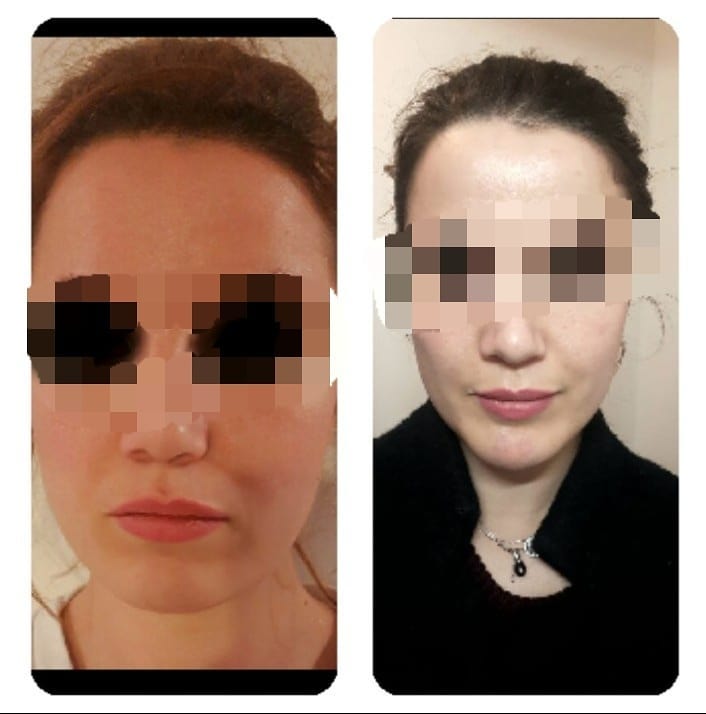
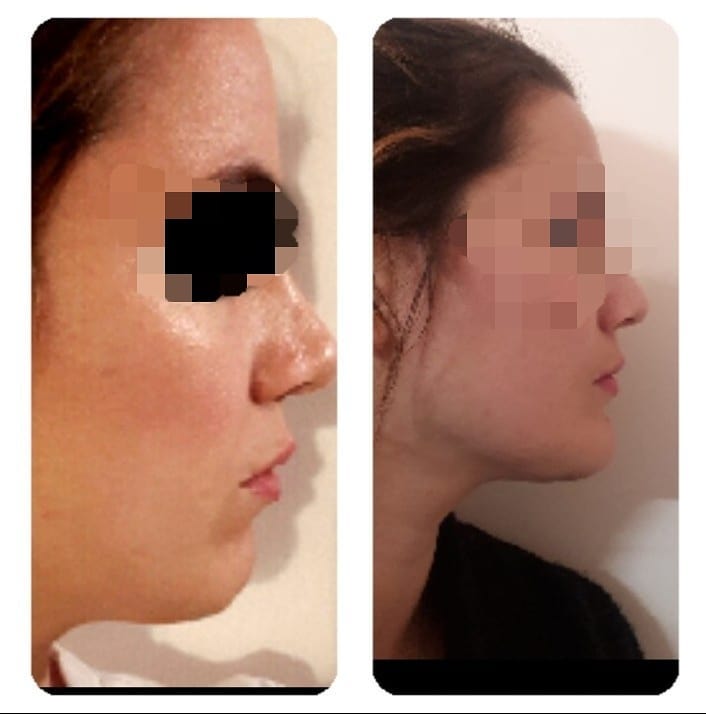
Chirurgia Tours answers to your most frequently asked questions:
The rhinoplasty without surgery is a technique of aesthetic medicine is to change the shape of the nose with the help of injections of hyaluronic acid, a filler absorbable and biocompatible. This technique helps to correct some of the defects of the nose, such as a bump, a hollow, a hint of drooping, or a lack of projection, without having recourse to surgical intervention. Injections are done in a doctor’s office aesthetic, with a micro-needle, under the skin of the nose, above the bones or cartilages of the nose. The result is immediate and natural, but it is not definitive. It is necessary to renew the injections about once per year to maintain it. Rhinoplasty aesthetic is tailored to the patients who want to improve their nose, without surgery, but it cannot reduce excess volume or correct a deviation of the nasal septum.
The interest in aesthetic surgery of the tip of the nose is to correct the defects located on the most visible part and expressive nose. It may be a touch too big, too round, too droopy, too planned, too short, too unbalanced or too large. These defects can affect the harmony of the face and the eyes of the other. The surgery of the tip of the nose helps to reshape the cartilage that make up the cutting edge, reducing them, the closer, the enhancing or refining according to the case. The purpose of this intervention is to get a tip finer, more elegant, more adapted to the morphology of the face and the personality of the patient. In fact, the surgery of the tip of the nose can be performed alone or in combination with other techniques, such as the removal of a kicker, the correction of a deviation or improvement of respiration. It is an intervention delicate work that requires a good analysis of preoperative and precise technique. The result is visible gradually over months and can last for several years.
The Morphing and the simulation prior to a rhinoplasty are techniques that allow visualization of the possible outcome of the aesthetic surgery of the nose. The morphing is to edit the photos of the patient with a computer software, removing a hump, shortening or increasing the nose, while the simulation allows to create a realistic image of the new nose, taking into account the wishes of the patient and the technical possibilities of the surgeon. These techniques aim to improve the communication between the patient and the surgeon, to avoid disappointment, and postoperative ensure a harmony of the face. They are in consultation, with the guidance and expertise of a plastic surgeon.
Rhinoplasty, functional operation of the nose, which aims to restore or to improve nasal breathing. It is designed for people who suffer from nasal obstruction due to an abnormality of the structure of the nose, such as a septum deviated, a fracture, a congenital malformation or a thickening of the nasal turbinates. Rhinoplasty functional can be combined with a rhinoplasty aesthetic, which aims to change the shape or size of the nose, or a septoplasty, which corrects for the deviation of the septum. Rhinoplasty functional requires a precise analysis of the nose and surgical techniques tailored to avoid complications or respiratory disorders
Of course ! After a rhinoplasty, there are some potential complications, although rare. These complications can include infection, excessive bleeding, adverse reaction to anesthesia, bruising and swelling extended, as well as respiratory problems are temporary or permanent. Asymmetries, hypertrophic scars or changes in unsatisfactory shape of the nose may also occur. However, it is important to note that the majority of rhinoplasties take place without major complications, and surgeons are taking precautions to minimize the risks and maximize the cosmetic results and functional. It is essential to discuss these potential risks with your surgeon before undergoing a rhinoplasty.
The rhinoplasty and aesthetic rhinoplasty restorative are two intervntions distinct, each with its own specific goals. Rhinoplasty aesthetic aims to improve the aesthetic appearance of the nose, in correcting such characteristics as size, shape, curvature, or the proportion of the nose in relation to other facial features. It can also deal with aesthetic concerns such as the kicker nose or tip of the nose poorly defined.
In other hand, the rhinoplasty restorative focuses on the reconstruction or repair of the nose after an injury, congenital malformation, or previous surgery. It is designed to restore the functionality of the nose and correct for respiratory problems in addition to the aesthetic aspect. Rhinoplasty restorative may involve the reconstruction of the nasal septum, the correction of post-traumatic deformities, or the correction of structural defects.
Although both interventions involve adjustments of the nose, their goals and their approaches differ, the rhinoplasty aesthetic focusing primarily on the aesthetic aspect, while the rhinoplasty restorative focuses on the repair and functionality.
Rhinoplasty may be indicated in several situations. First of all, it may be performed for aesthetic reasons, to change the size, shape, or proportion of the nose to improve the appearance of the face. This may include the correction of a bump of the nose, tip of the nose poorly defined, a nose too wide, or other characteristics deemed unsightly.
Additionally, rhinoplasty can also be recommended for functional reasons. For example, if a person has problems breathing due to a deviated nasal septum, obstruction of the nose or chronic structural problems that impede the normal breathing, a rhinoplasty may be considered to correct these problems and improve the functionality of the nose.
To prepare for the surgery of rhinoplasty, it is necessary to respect a few tips :
- Stop smoking at least two months before the operation, to reduce the risk of skin complications.
- Stop taking aspirin, anti-inflammatory drugs or oral anticoagulants in the 15 days preceding the operation, to reduce the risk of bleeding.
- Shampoo the day before the rhinoplasty.
- Shave the beard and mustache for men.
- Make a preoperative consultation with your surgeon to discuss the expectations, opportunities and risks of the operation.
On the day of your operation of rhinoplasty will take place in several steps. First of all, you will meet your surgeon, who will explain the procedure to you and ask you to sign an informed consent. Then, you are going to be supported by the anaesthesia team who will give you a general anaesthetic. The operation will last between one and two hours, during which the surgeon will reshape your nose according to your wishes and requirements to functional and aesthetic. After the operation, you will be transferred to the recovery room where you will be monitored until you are fit to go out. You’ll probably get a bandage and a splint on the nose, as well as tubes in the nostrils to prevent bleeding.
The wicks are pads of gauze or cotton, which are placed in the nostrils after the surgery to prevent bleeding and to maintain the shape of the nose. The wicks are not systematic, they depend on the type of rhinoplasty, the technique used, the importance of actions carried out and the bleeding of the patient. In general, the wicks are removed the next day or the day after the operation, under medical supervision. They can be uncomfortable or painful, but they are necessary to ensure proper healing and a good result.
The appearance of your face in the days following an operation of rhinoplasty depends on several factors, such as the type of rhinoplasty, the technique used, the individual response and the post-operative care. In general, you can expect to have a bandage and a splint on the nose, as well as bruising and swelling at the level of the eyes and cheeks. These signs will diminish gradually in a few days or weeks. You should also avoid shock, friction, temperature variations, exposure to the sun and the glasses during the healing period. You will be able to resume normal activity after 10 to 15 days, but the final result will be visible after 6 to 12 months.
Resume your normal activities after a rhinoplasty depends on your state of health, the type of rhinoplasty, the technique used and the recommendations of your surgeon. In general, you can resume your work after 7 to 10 days, avoiding intense physical effort and contacts with the public. You will be able to resume social activity after 15 days, accepting the trace residual amounts of the operation. and for sports activities it is necessary to wait at least 4 to 6 weeks, avoiding sports at risk of trauma to the nose. These instructions must be adhered to with the post-operative care and routine medical check-ups to ensure proper healing and a good result.
